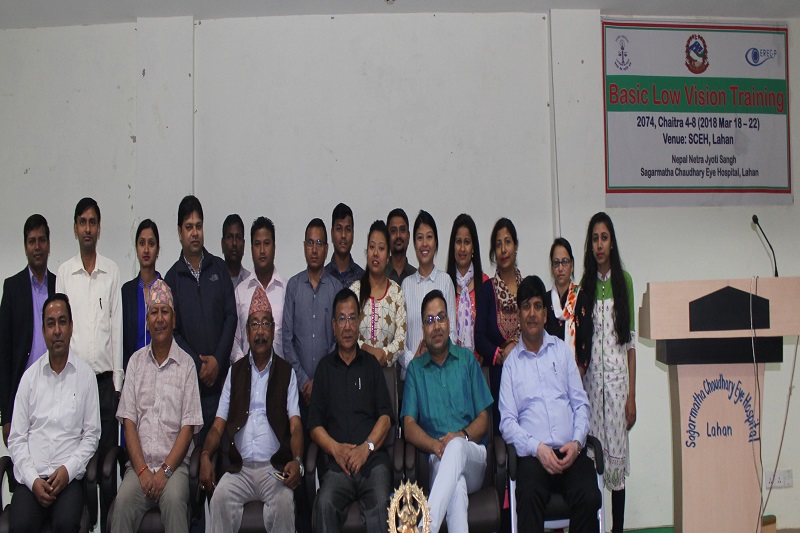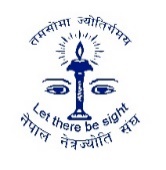- Email nnjs@mos.com.np
- Contact+977-1-5361921 / 5361066
National Low Vision Program

NNJS, as per the mandate given by "VISION 2020" to develop low vision services as an integral part of comprehensive eye care services, has been implemening National Low Vision Program since 2005 with the financial support from DLBC, the Netherlands. Under this program, a national unit has been established at the NNJS central office in Kathmandu. Major eye hospitals e.g. Fatehbal Eye Hospital, Nepalgunj, Lumbini Eye Institute, Bhairahawa, Himalaya Eye Hospital, Pokhara and Sagaramatha Choudhary Eye Hospital, Lahan have been providing regional level low vision services. By the end of June 2008, low vision services have been set up at 13 eye hospitals and 31 primary eye care centers of the country, apart from Kathmandu valley.
The main goal of this program is to prevent people who have incurable eye conditions but are with some residual vision, from living the lives of blind and to bring them into the mainstream of the society by helping them to use the residual vision to the best possible extent with the use of low vision devices. Estimated prevalence of low vision in Nepal is 1%. However, the program has given priority to those below 15 years of age and those with vision of 6/60 or less. The objective of the program is to increase the low vision service coverage from existing 1% to more than 10 % by the end of 2010. To achieve this objective, the program has the strategy of expanding low vision services at all eye care centers, train the personnel required to extend and develop the program further, procure and supply the low vision devices and extend coordination and cooperation with the stakeholders like Ministry of Education, CBR and other program personnel basically involved in the community based programs.
Under this program, eye care personnel working at different eye hospitals and primary eye care centres, and CBR workers and special school teachers have been provided training on Low Vision Clinical Care, and Functional Care respectively. Of the total clients referred by the trained personnel from CBRs and schools, 67.03% were confirmed as low vision clients and were suggested accordingly after clinical assessment. Of the total clients suggested to go with Participants of Low Vision Workshop with NNJS Chairman the devices as per the available record, 40% of child clients who were in Braille before are converted into print for reading and writing and have been regularly provided functional care by the trained personnel.
| Service Center | Achievements 2009 | Total Indian Clients | |||
| New | Follow Up | Follow up + Community out-reach | Total | ||
| Eye Hospitals | 574 | 186 | 218 | 978 | 1051 |
| Primary Eye Care Centers | 98 | 0 | 0 | 98 | 0 |
| Total | 672 | 186 | 218 | 1076 | 1051 |
**This program is supported by Dark & Light Blind care, The Netherlands**
Visit Website
Download Activity Report
National Low Vision Program
